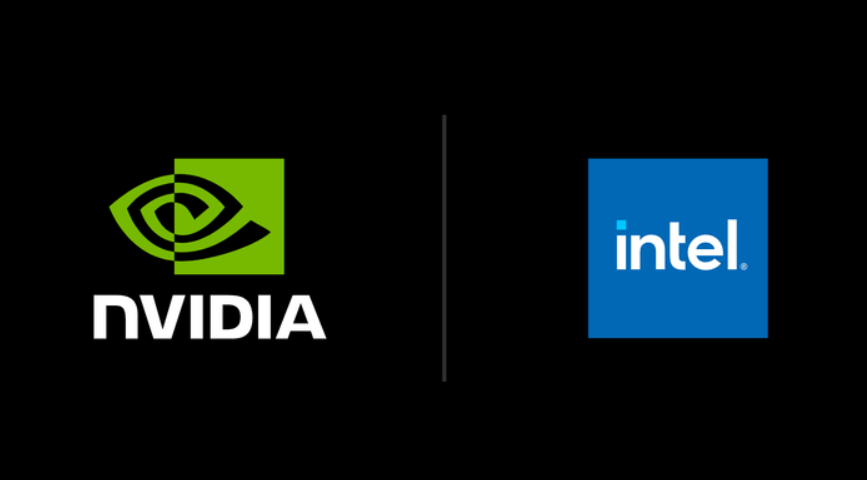Asia Intel Suppliers Surge on Nvidia’s $5B Investment Boost
Asia Intel suppliers have seen their share prices soar after Nvidia’s announcement of a $5 billion investment in Intel, sparking market optimism about ripple effects across the semiconductor supply chain. This move not only signals confidence in Intel’s future but also elevates the prospects of Asia-based chip vendors deeply tied to Intel’s operations.
The surge reflects investor belief that Asia’s Intel suppliers—manufacturers of chip gear, materials, and advanced chemicals—stand to gain from closer Intel-Nvidia collaboration. With Intel now more strongly backed both financially and technologically, suppliers from Japan to Taiwan are assumed to benefit via higher orders, upgraded contracts, or deeper involvement in joint-chip development efforts.
Nvidia’s Strategic Move: What the Investment Entails
Nvidia is purchasing Intel common stock at $23.28 per share, investing $5 billion, making it one of Intel’s largest shareholders. The partnership requires regulatory approvals but is already being seen as a critical lifeline for Intel, which in recent quarters has been lagging in the AI race.
Beyond the financial stake, the two companies will jointly develop “multiple generations” of custom products for data centers and personal computers (PCs). Intel will build custom x86 CPUs for Nvidia’s AI infrastructure and also produce x86 system-on-chips integrating Nvidia’s RTX GPU chiplets for PCs. This fusion leverages Intel’s CPU and packaging strength with Nvidia’s AI and GPU leadership.
Asia’s Suppliers in the Spotlight
When Intel’s stock jumped about 23-25% on the news, Asian companies that supply Intel saw their own shares rise sharply. Japan’s Lasertec Corp.—which reportedly gets nearly a third of its revenue from Intel—surged by up to 15% in Tokyo, its biggest gain in months. Other Japanese suppliers like Ibiden Co., Tokyo Electron Ltd., Screen Holdings Co., and Shin-Etsu Chemical Co. also saw double-digit gains.
The strength of Asia’s supplier response underscores how intertwined Intel’s fortunes are with global supply-chain players. Gains in their stocks aren’t just reactions to a financial injection—they reflect the potential for long-term contracts, technology transfer, and demand for materials/components driven by joint AI/PC chip projects. For many of these firms, this could mark a turning point.
Impacts for Intel: Lifeline, but Challenges Remain
For Intel, the deal offers more than just cash: it is a chance to reset strategic direction in a fast-evolving chip landscape. After years of underperformance relative to rivals and misses in AI momentum, the Nvidia investment gives Intel validation from one of the most powerful players in the field.
Yet Intel faces steep roadblocks. Its foundry business has struggled to attract clients (outside internal use) and needs both scale and credibility to compete with giants like TSMC and Samsung. Also, integrating architectures, managing GPU-CPU synergy, securing supply chains, and meeting regulatory scrutiny will be complex. While the investment and partnership shift perceptions, execution will make or break outcomes.
Broader Market & Geopolitical Ripples
The deal comes as the U.S. government holds about a 10% stake in Intel, a step that underscores Washington’s growing role in ensuring semiconductor leadership and security. This convergence of private capital (Nvidia), public policy, and supplier response plays into larger themes: tech sovereignty, AI infrastructure race, and supply-chain resilience.
Globally, rivals like AMD are likely watching closely. Because if Intel begins releasing competitive x86 CPUs for AI use, or PC chips that effectively integrate GPU chiplets, the competitive pressure will increase across CPU, GPU, and AI accelerators markets. In Asia, governments focused on domestic semiconductor strength — China, Japan, South Korea, Taiwan — will interpret this as another data point in assessing partnerships, export controls, and investment incentives.
What to Watch Going Forward
First, product roadmaps: when will the jointly developed Intel-NVIDIA chips actually reach the market? Expectations are high, but timelines are vague. Intel’s announcement says “multiple generations,” but users will want details on performance, power efficiency, compatibility, and whether yields meet commercial scale.
Second, supplier contracts and order flows. Asia’s supplier surge is built on expectation; confirming whether demand forecasts and production orders align with the optimism will be a key test. Companies like Lasertec, Ibiden, Tokyo Electron, etc. will need to deliver, invest in capacity, and align with Intel’s AI-hardware needs. Third, regulatory and geopolitical risk. With U.S. export rules, China’s tech policies, and antitrust review, there are many moving parts. Any friction — e.g., export bans, supply chain disruptions — could undercut the potential. Reuters
Conclusion
Nvidia’s $5 billion investment in Intel isn’t just about stock prices—it’s a signal that the semiconductor industry may be entering a new phase of collaboration, competitive repositioning, and intensified supplier engagement. Asia’s Intel suppliers are among the biggest beneficiaries, riding the wave of market expectations that their fortunes are increasingly tied to Intel’s resurgence.
If Intel and Nvidia can deliver on their joint product plans — for custom AI infrastructure, integrated CPU-GPU PC chips, and performance that meets modern demands — this could reshape chip supply chains globally. That said, the real work lies ahead: in engineering, manufacturing, and navigating the geopolitical landscape.
For potential stakeholders, this is a moment worth watching closely. The winners will likely be those suppliers and firms that can adapt fast, invest wisely, and align with where AI-powered computing is headed.
Subscribe to trusted news sites like USnewsSphere.com for continuous updates.





